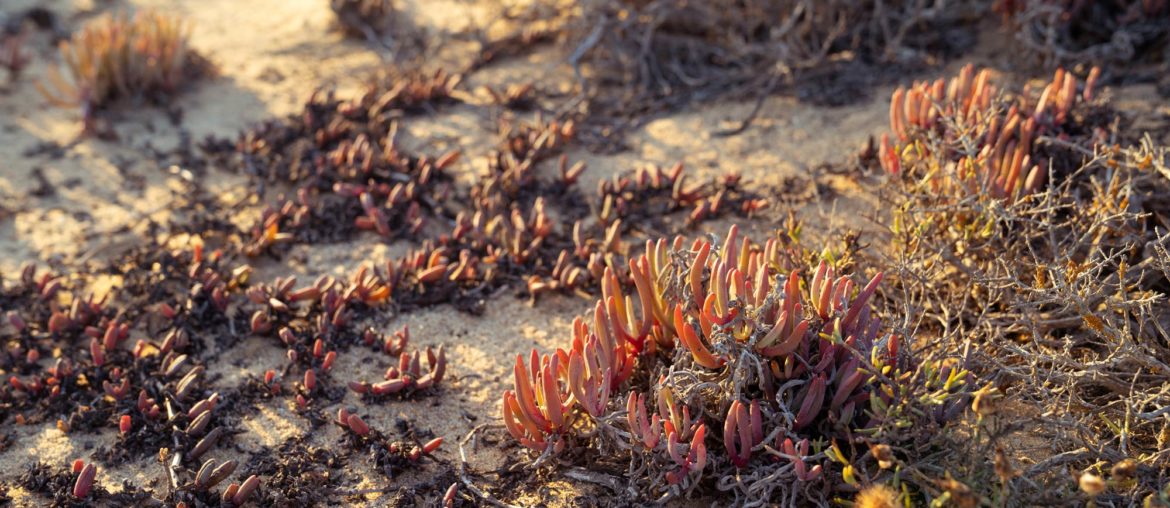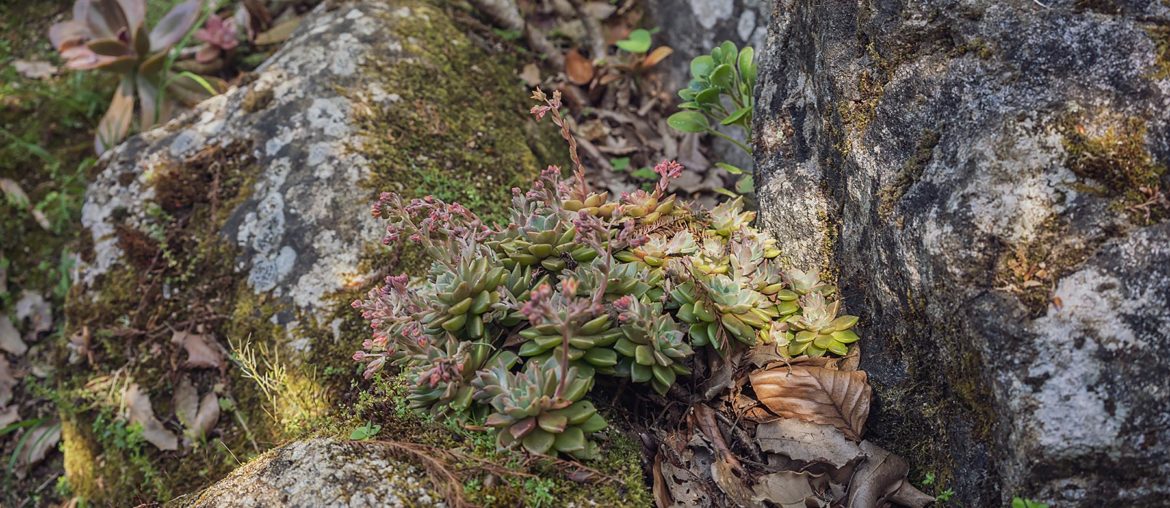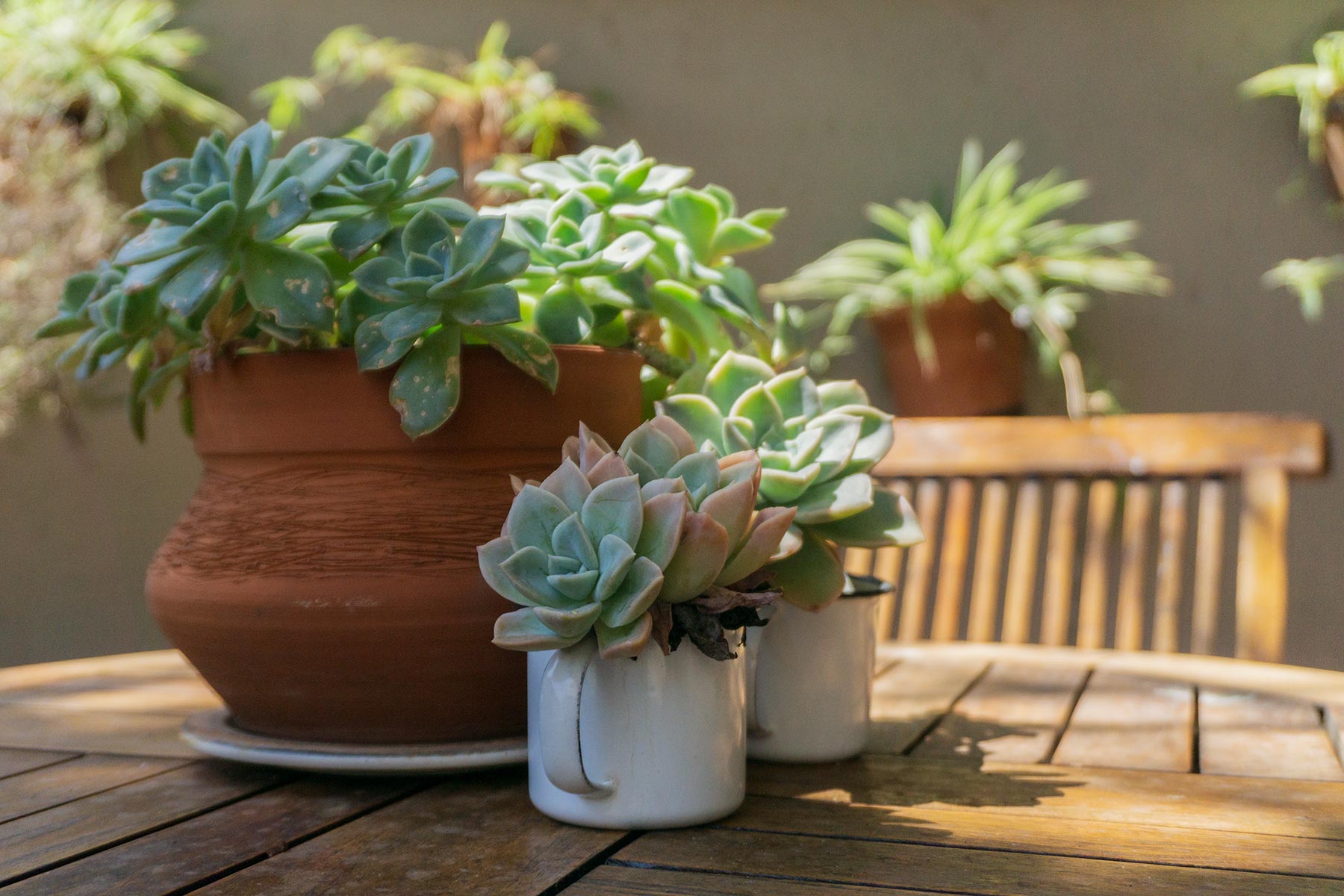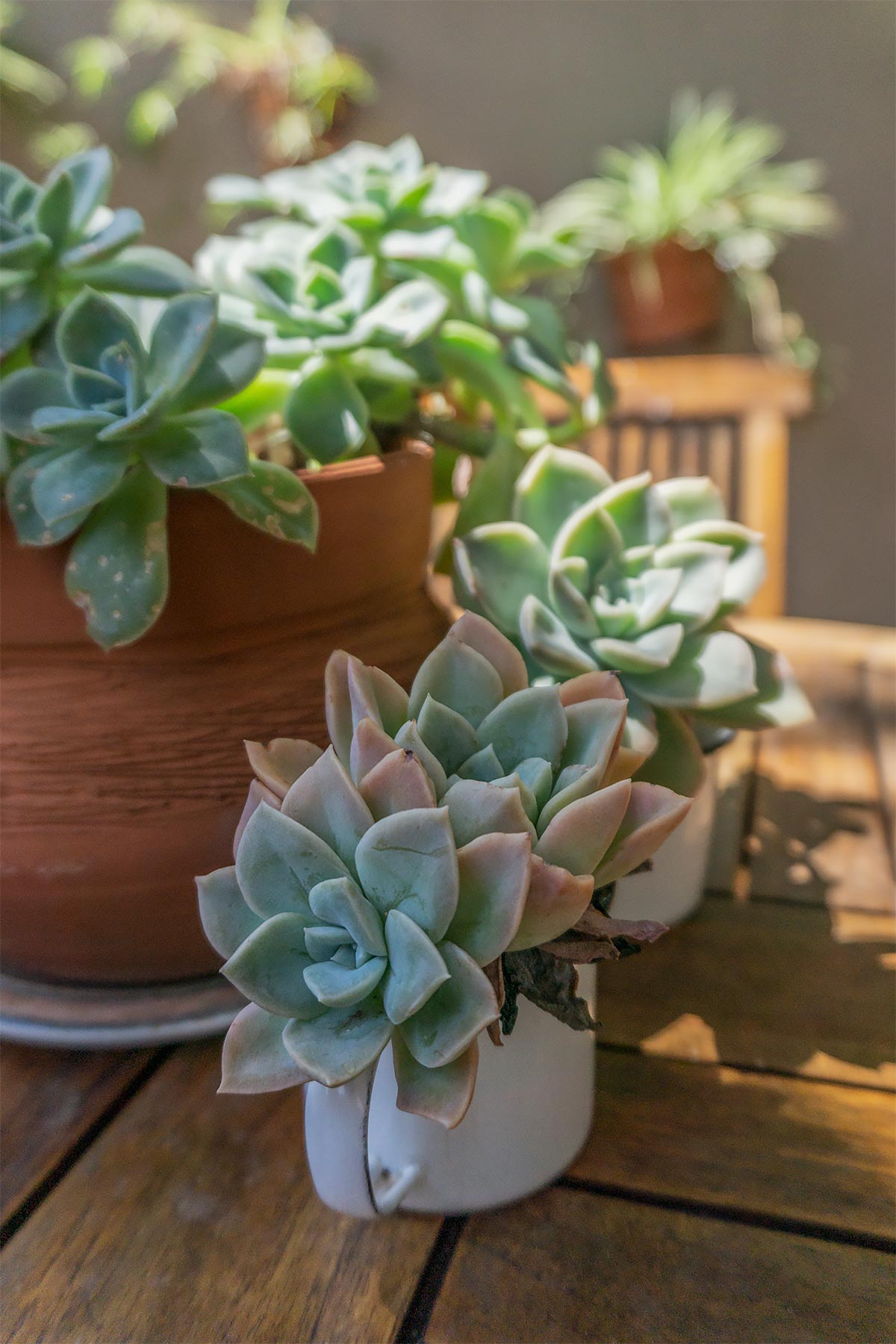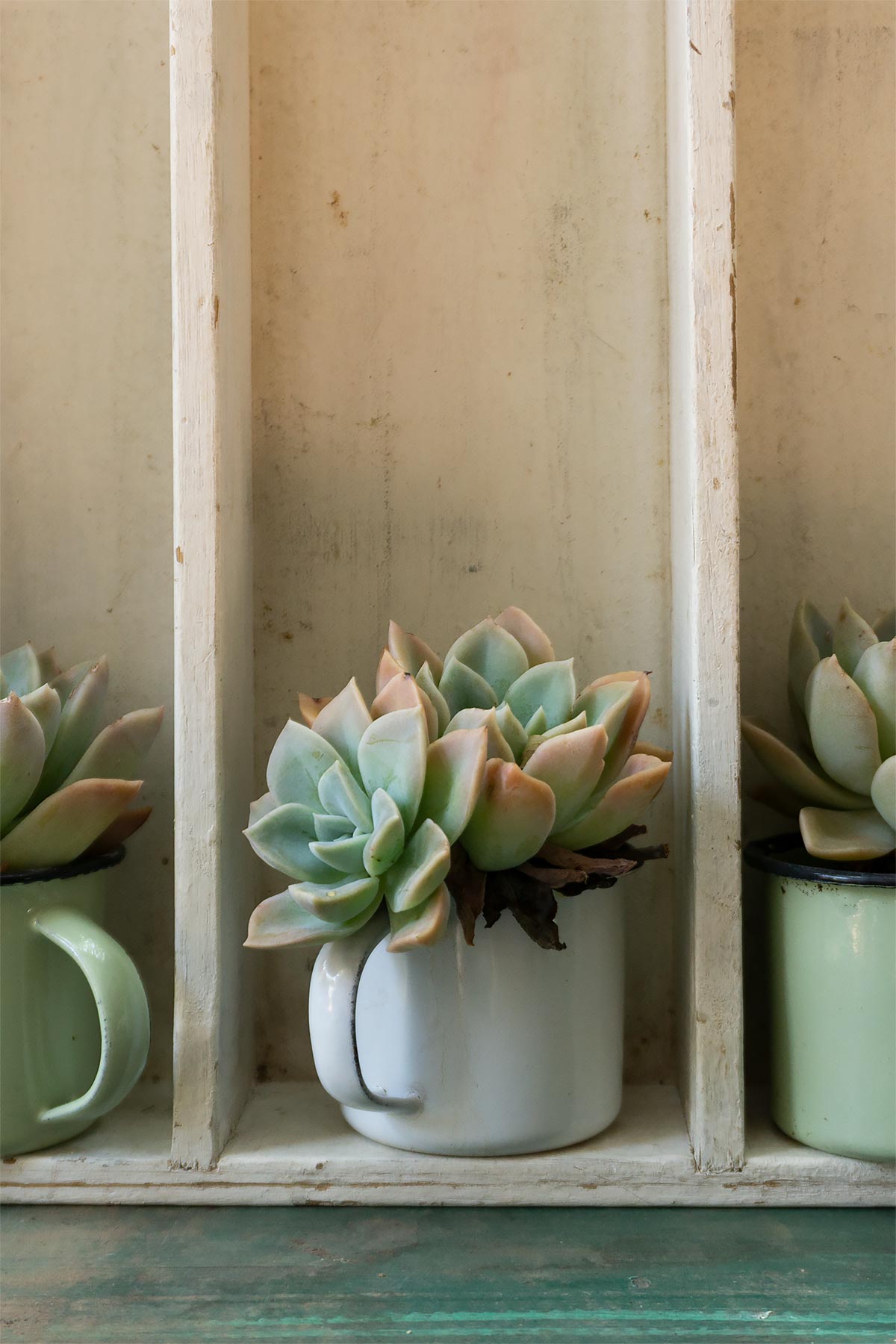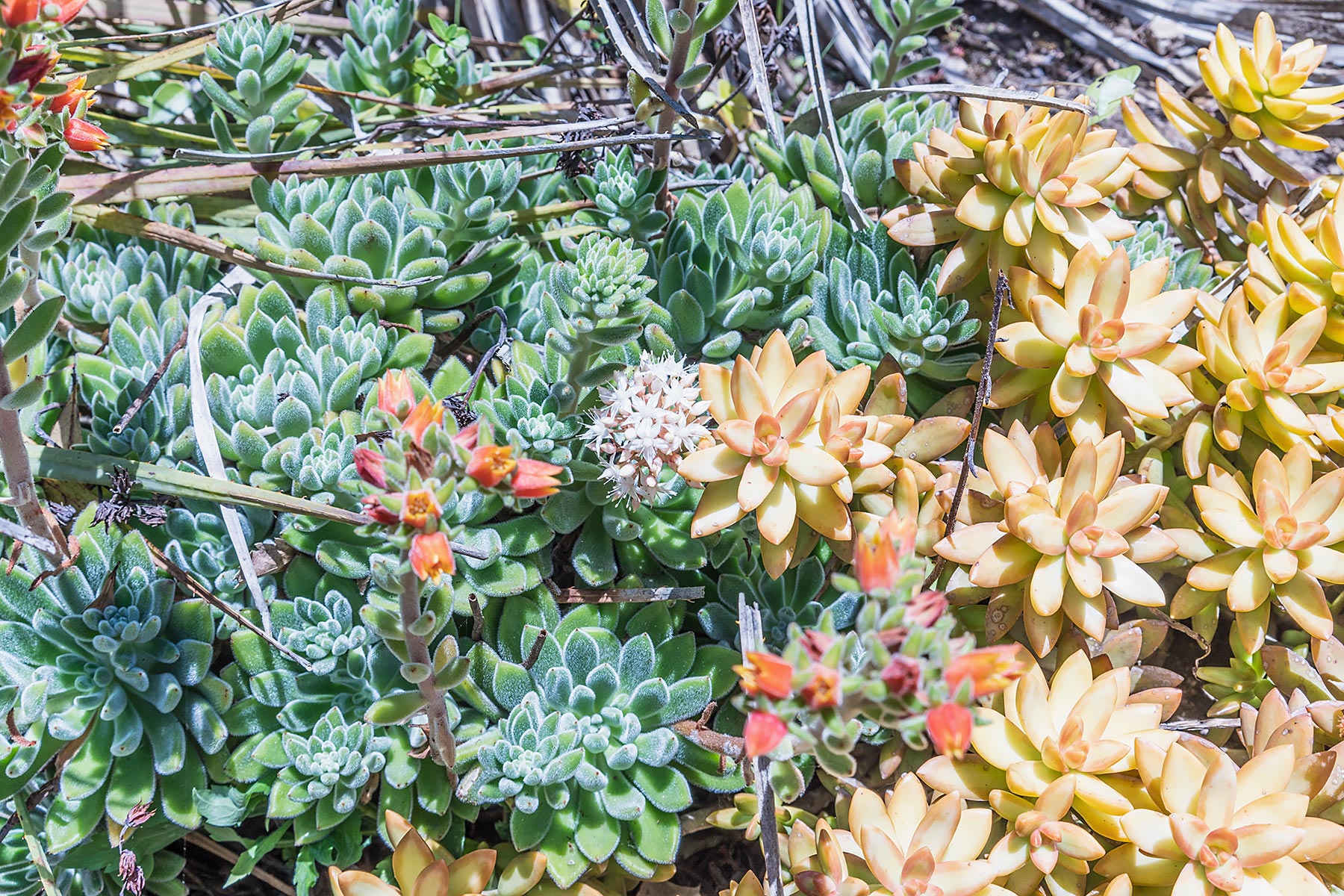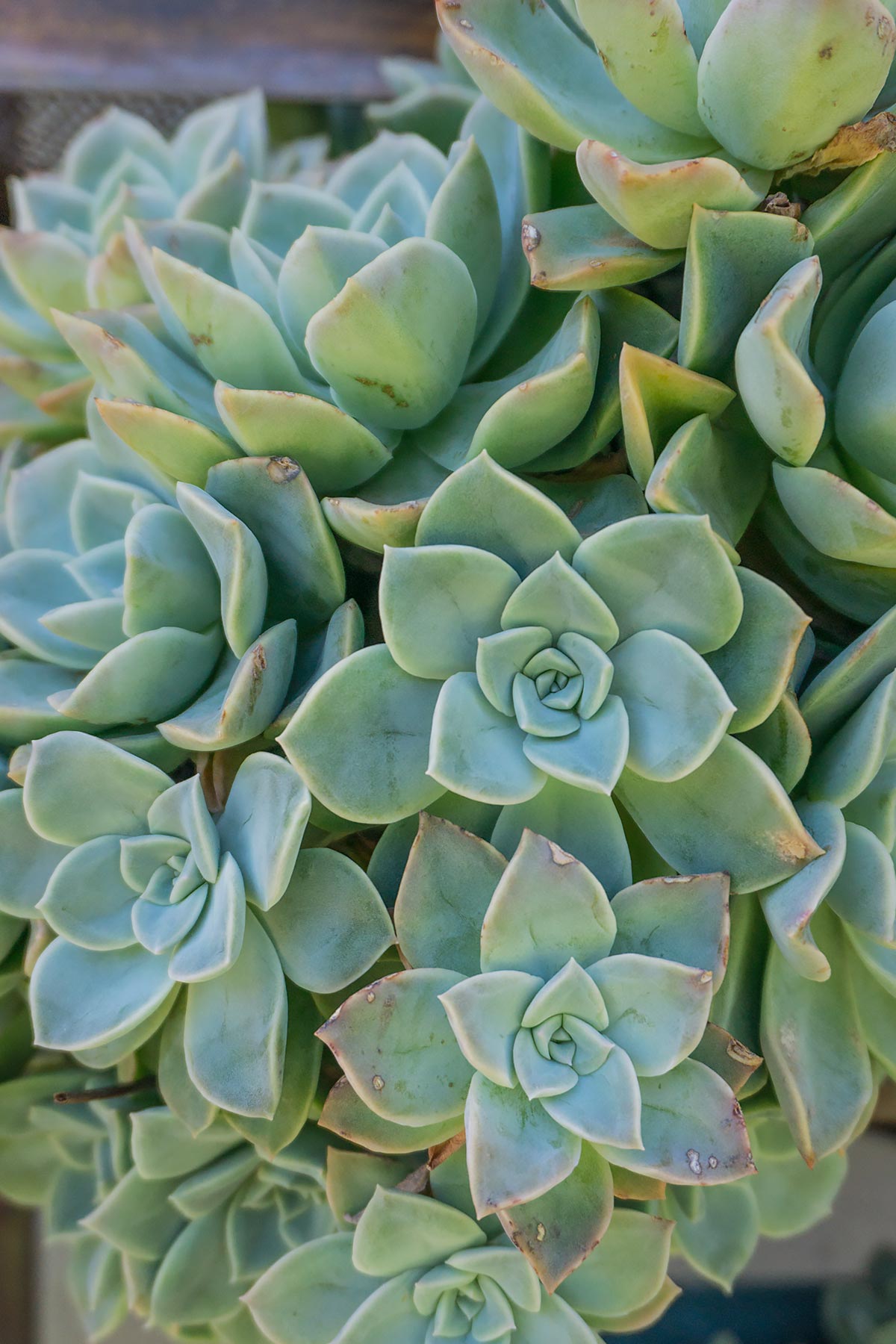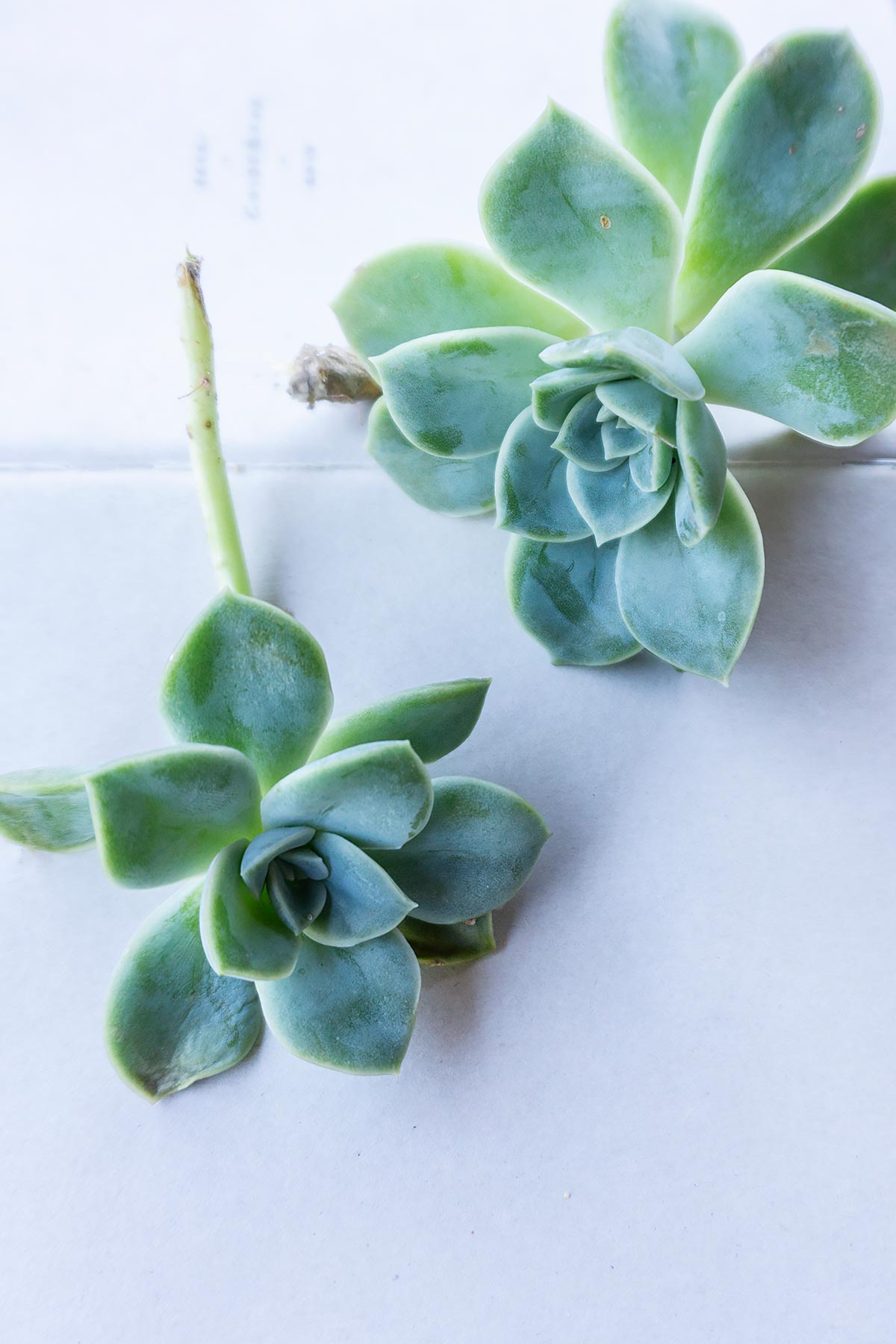Succulent Karoo: The most abundant biome of succulents in the world
During the month of December I had the good fortune of making a trip with my family from Namibia all the way down to South Africa’s Western Cape. We had the opportunity to visit really remote places, living without the normal comforts like running water or electricity and to reconnect with nature.
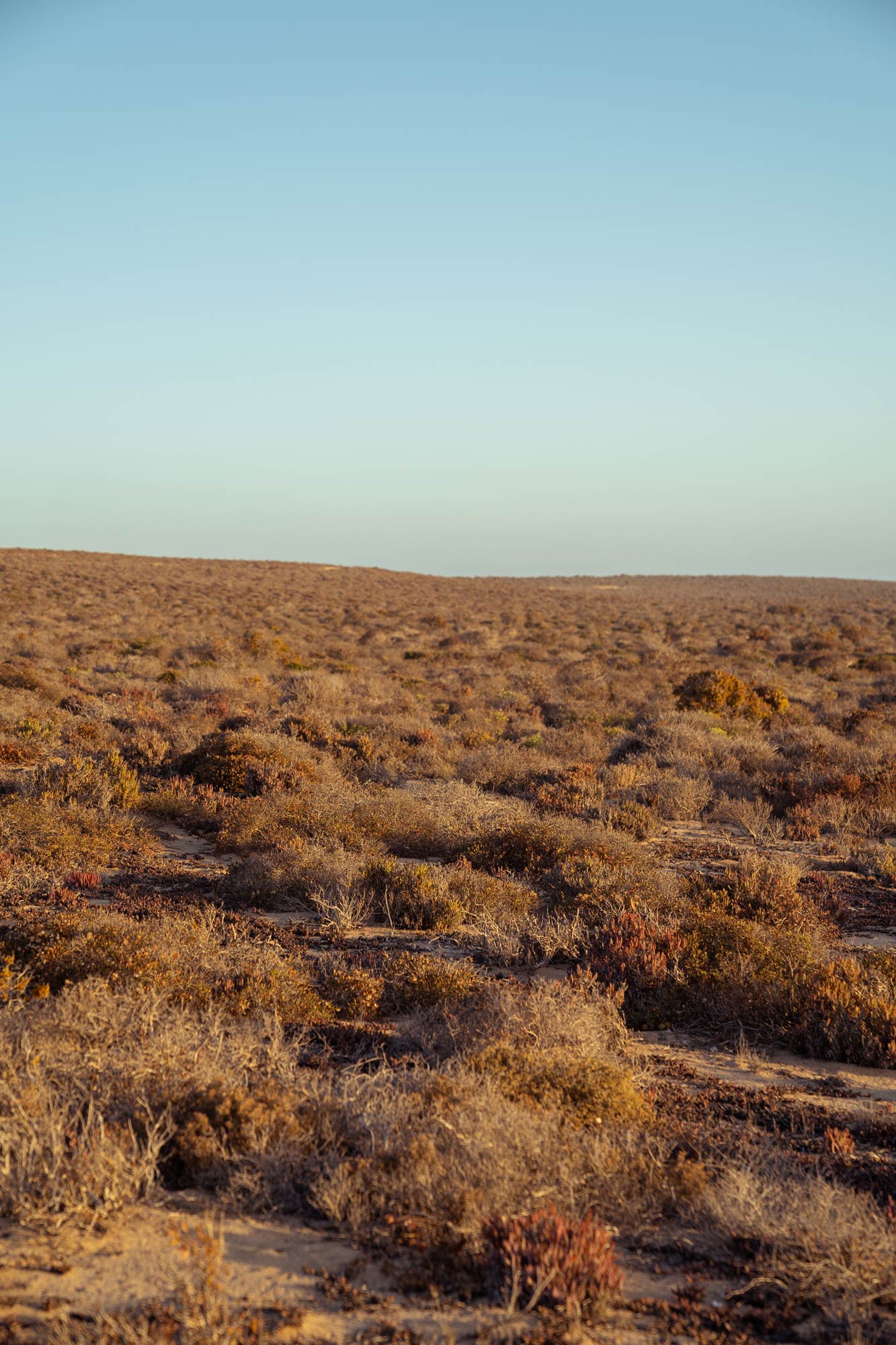
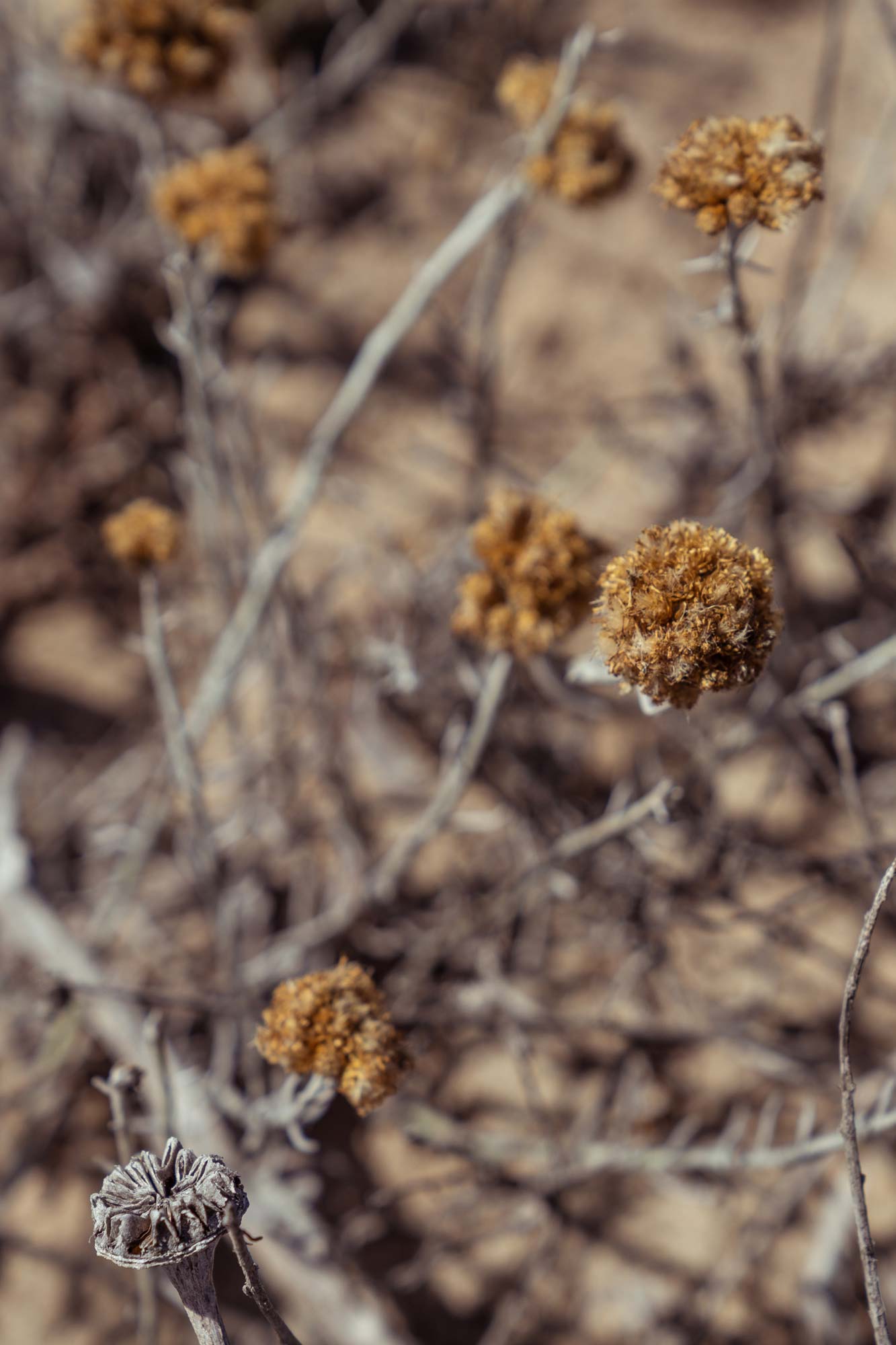
In the course of this trip we travelled through the Namaqua National Park, a unique landscape where–from a distance–not much appear to be happening. Running down the Western coast against the Atlantic ocean, the area looks like plain sandy plains. As far as the eye can see it appears to be covered in low growing–rather dull looking–bushes.
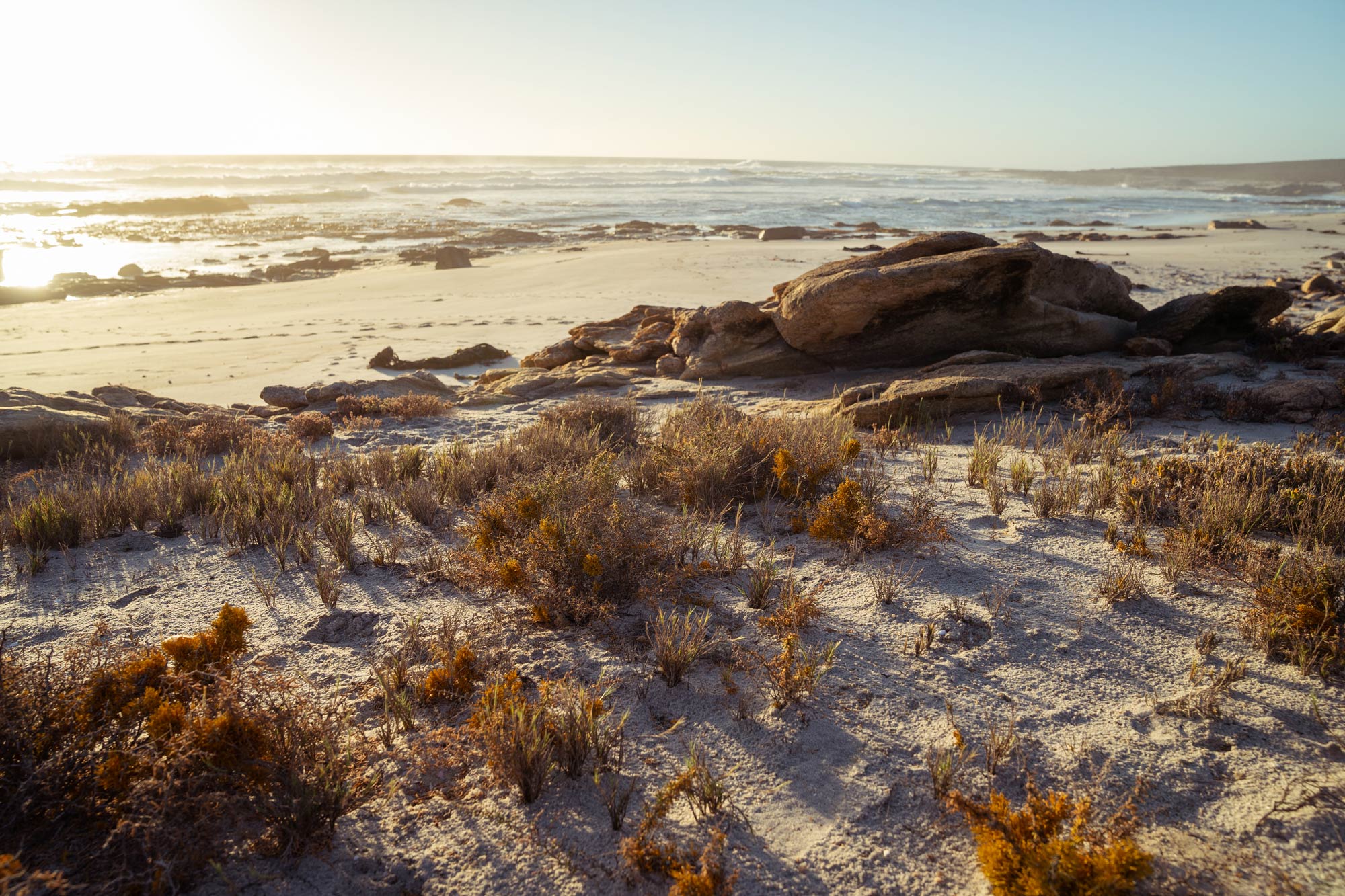
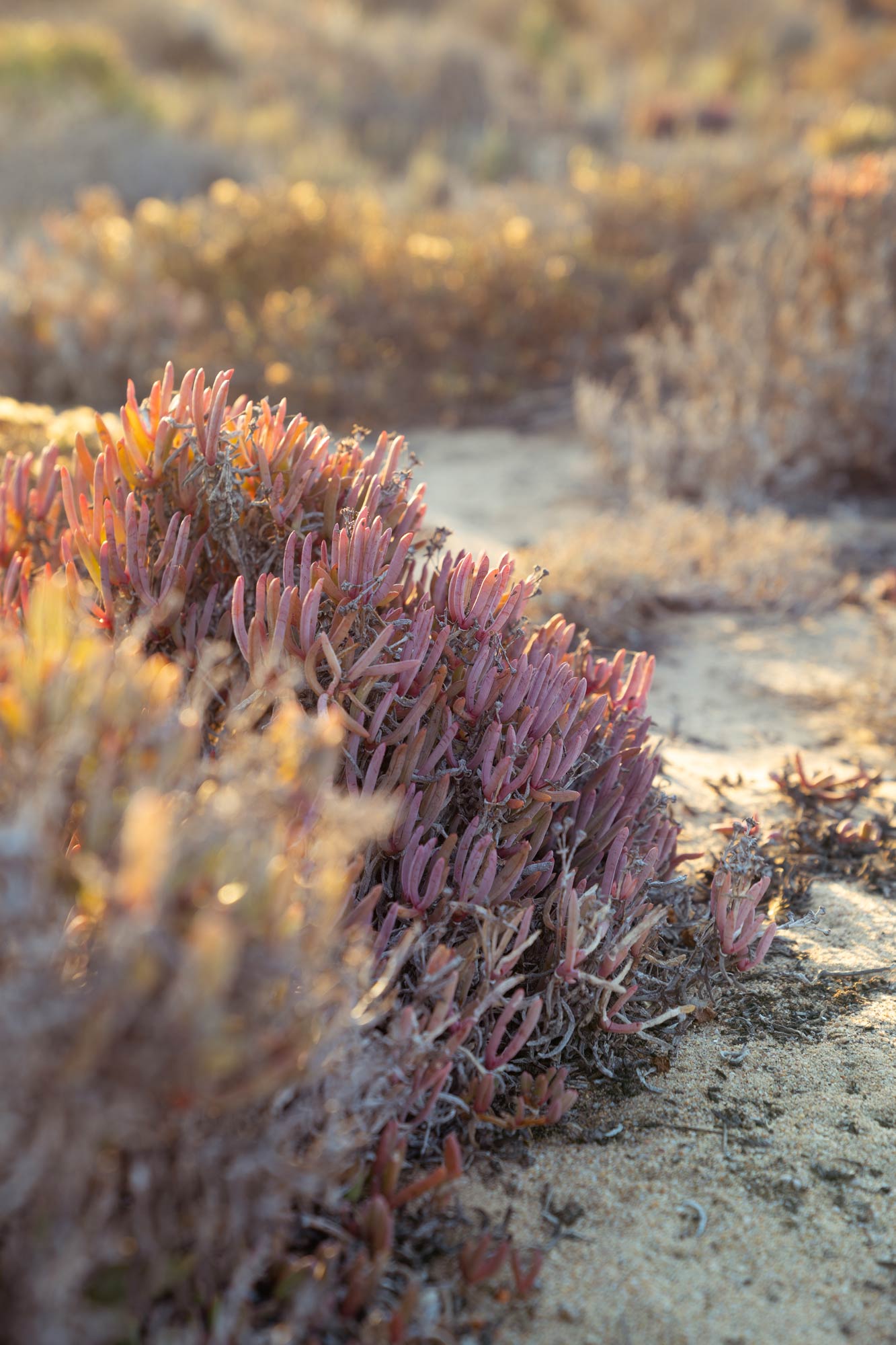
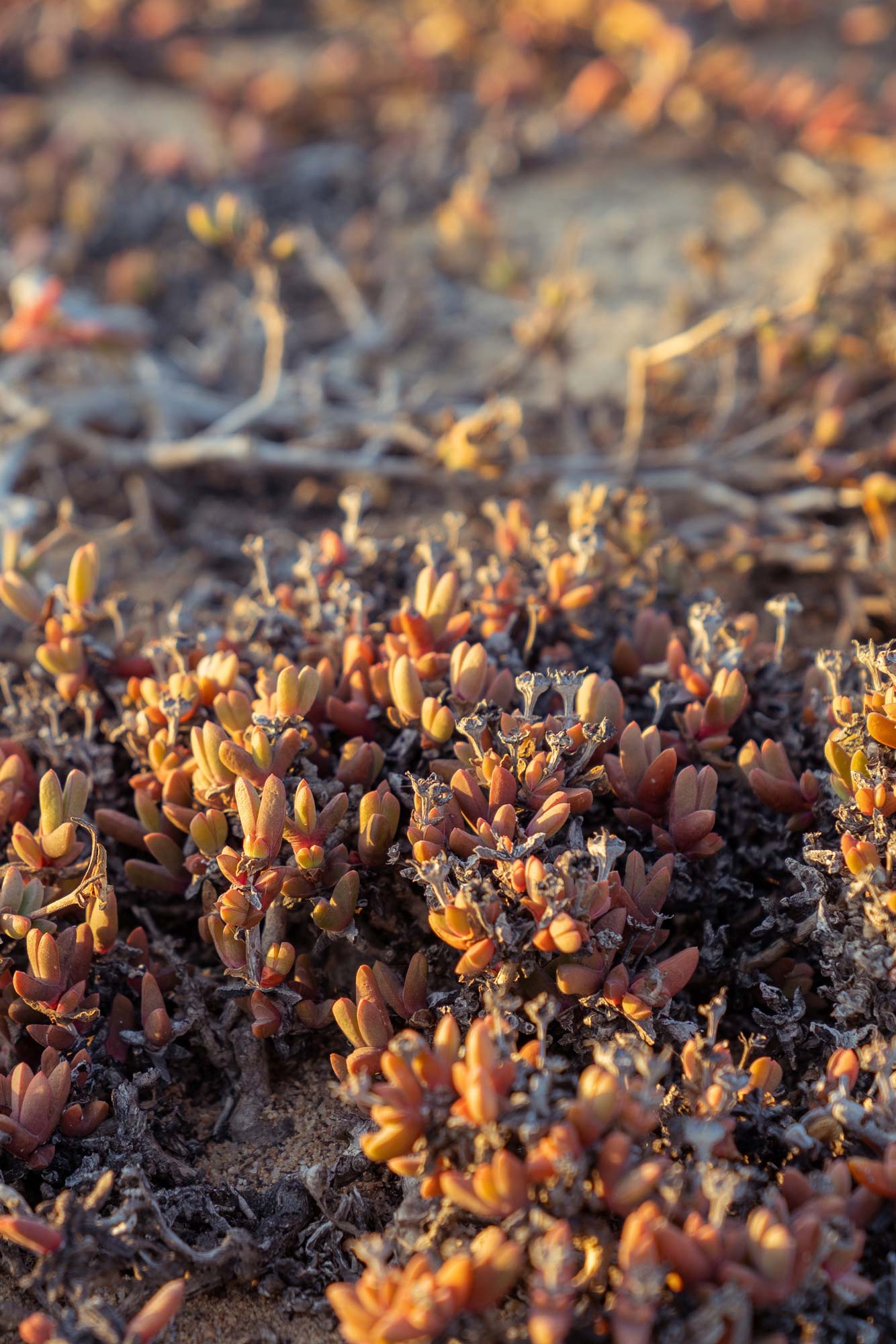
But once you are inside the landscape and you start to pay attention to the details, the scenery reveals to you its treasures. You notice that the dark blackish bush, hides within it hues of purple. And indeed upon even closer inspection, these explode into a myriad of other colours still; like puffy red-fingers waiving at you from the earth.
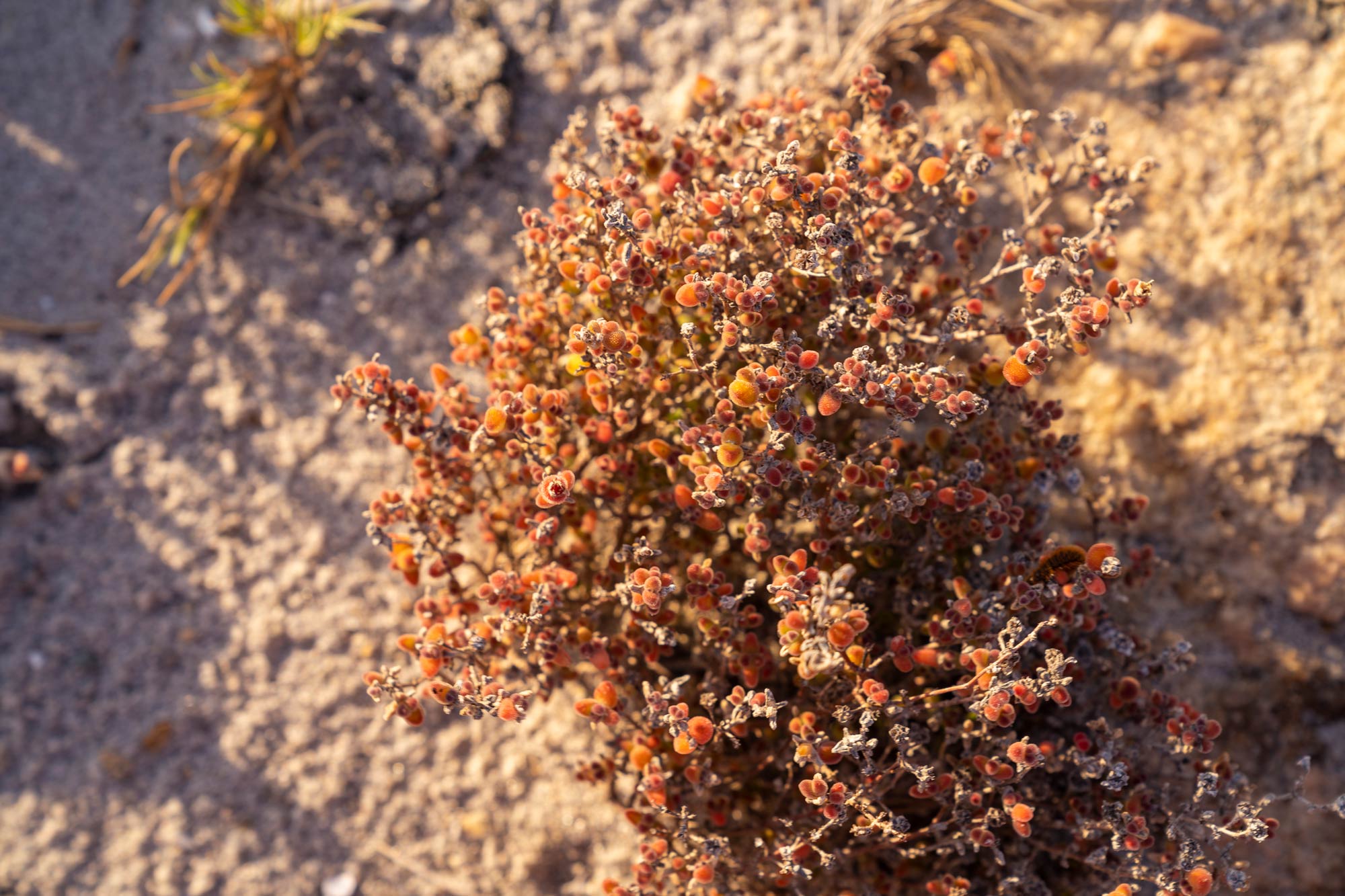
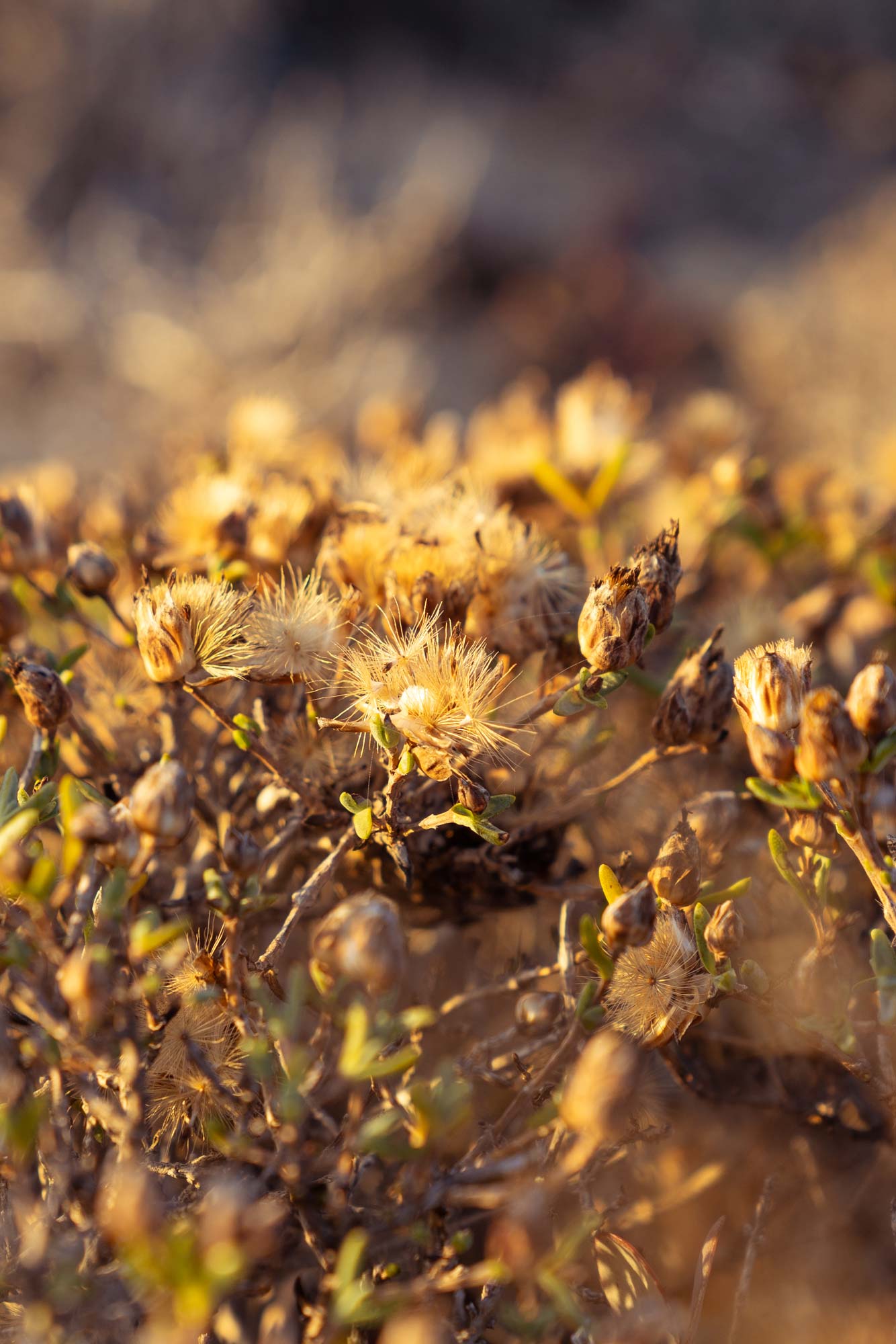
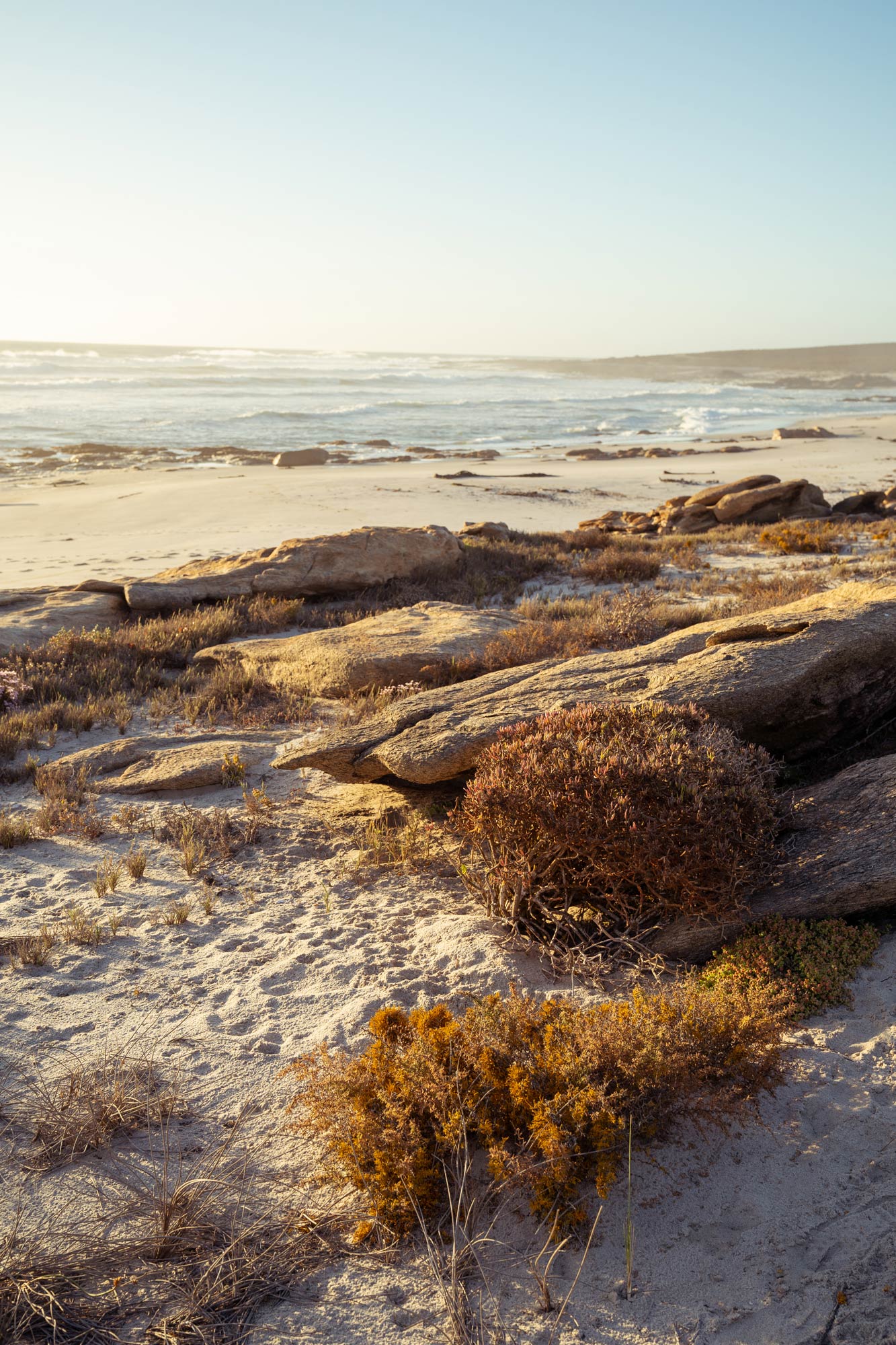
This magical landscape is called the Succulent Karoo. It is magical first and foremost, because it is such a sneaky chameleon. Hiding behind a mirage of grey and brown, you can find around 3000 succulents–a third of all the species in the world! And when you are lucky enough to visit during the spring, the landscape transforms itself into a tapestry of colour with flowers abound.
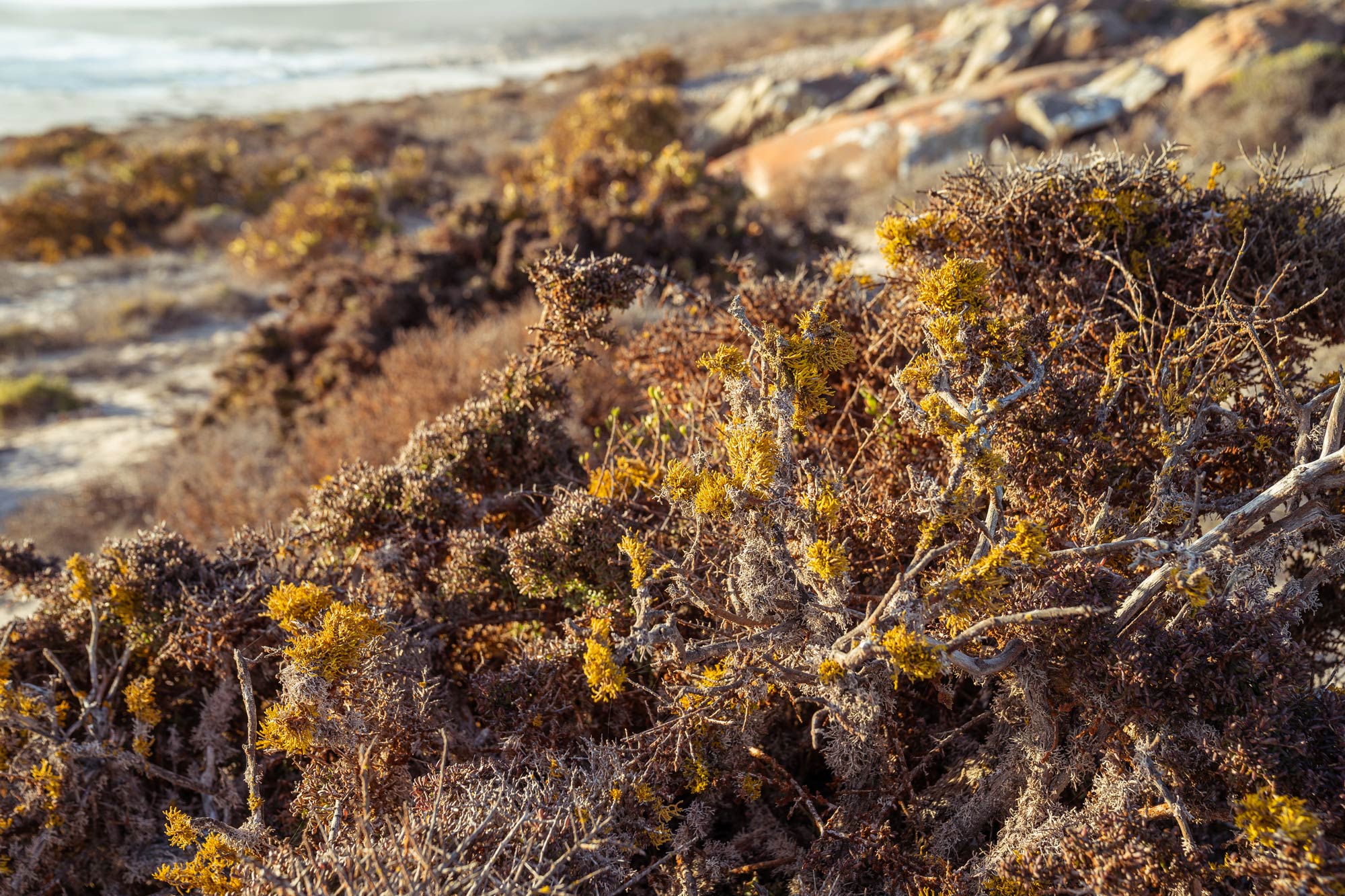
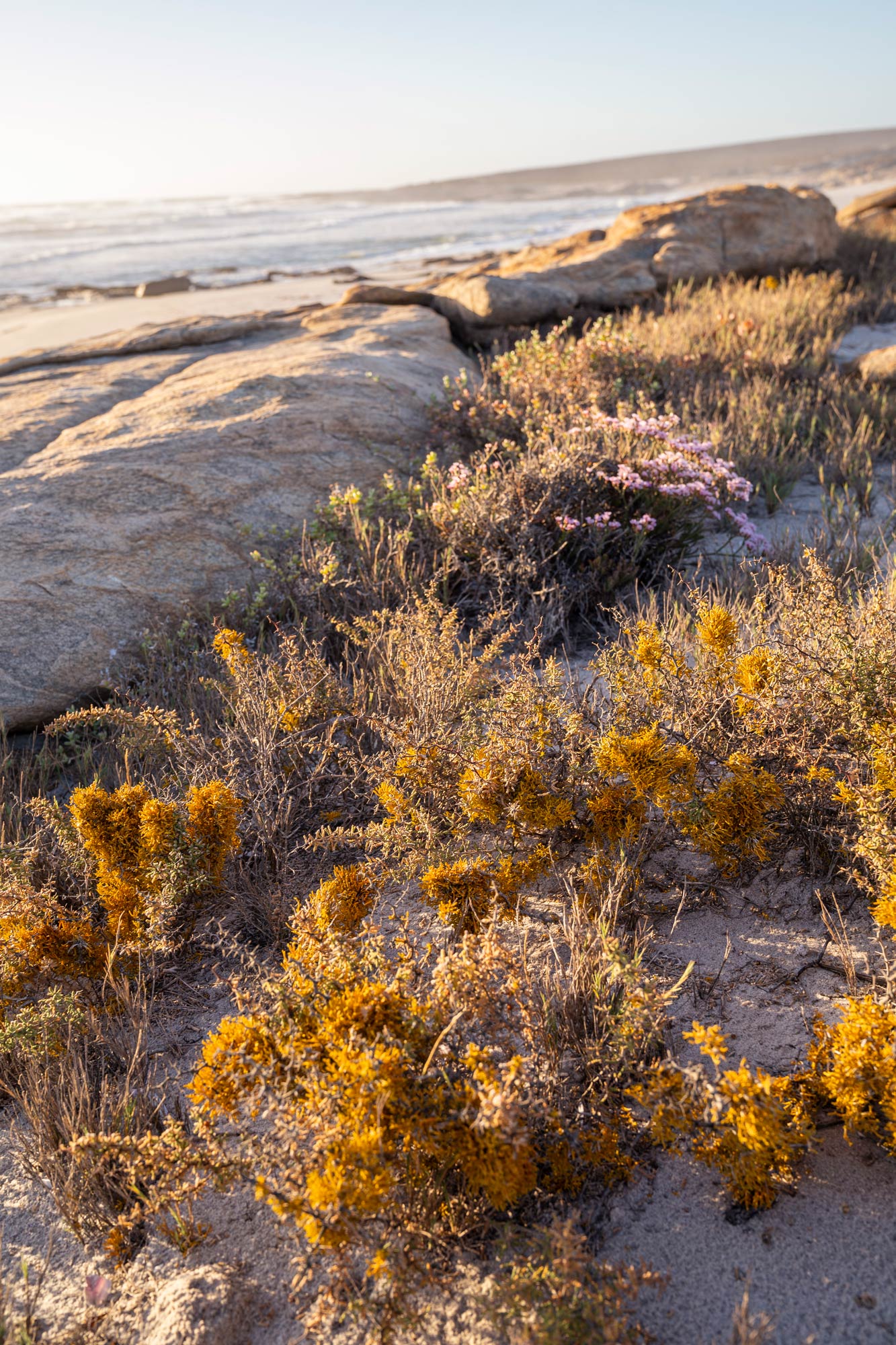
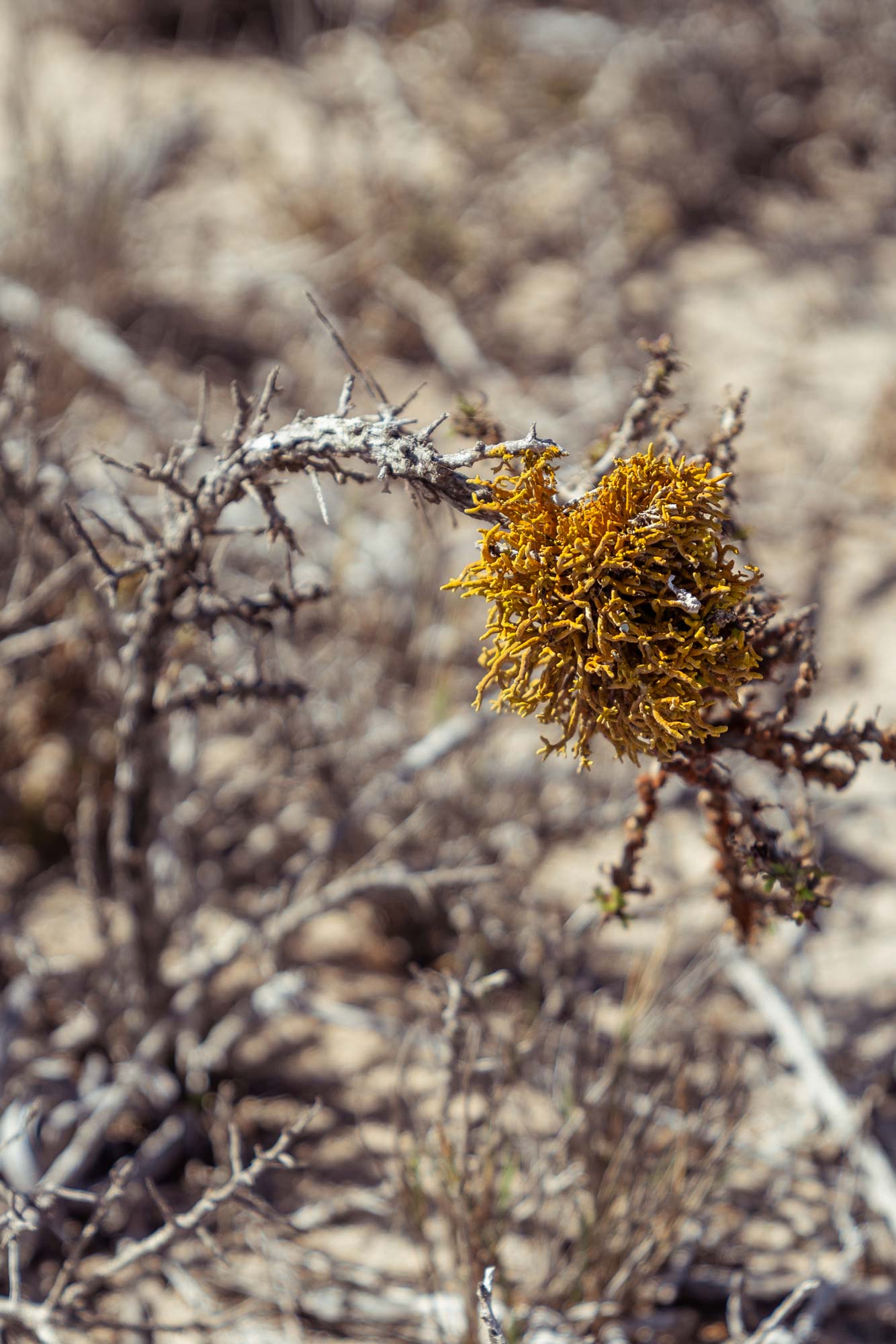
40% of the plants here are endemic and found nowhere else on the planet. The plants have adapted to this area, a semidesert ecoregion, by storing water in their roots and swollen leaves. One species, called the Mesembryanthemum crystallinum–also known as crystal ice plants–look like they’re made up of tiny bubbles of water! Others surprise you with bright papery petals or puffs of teal.
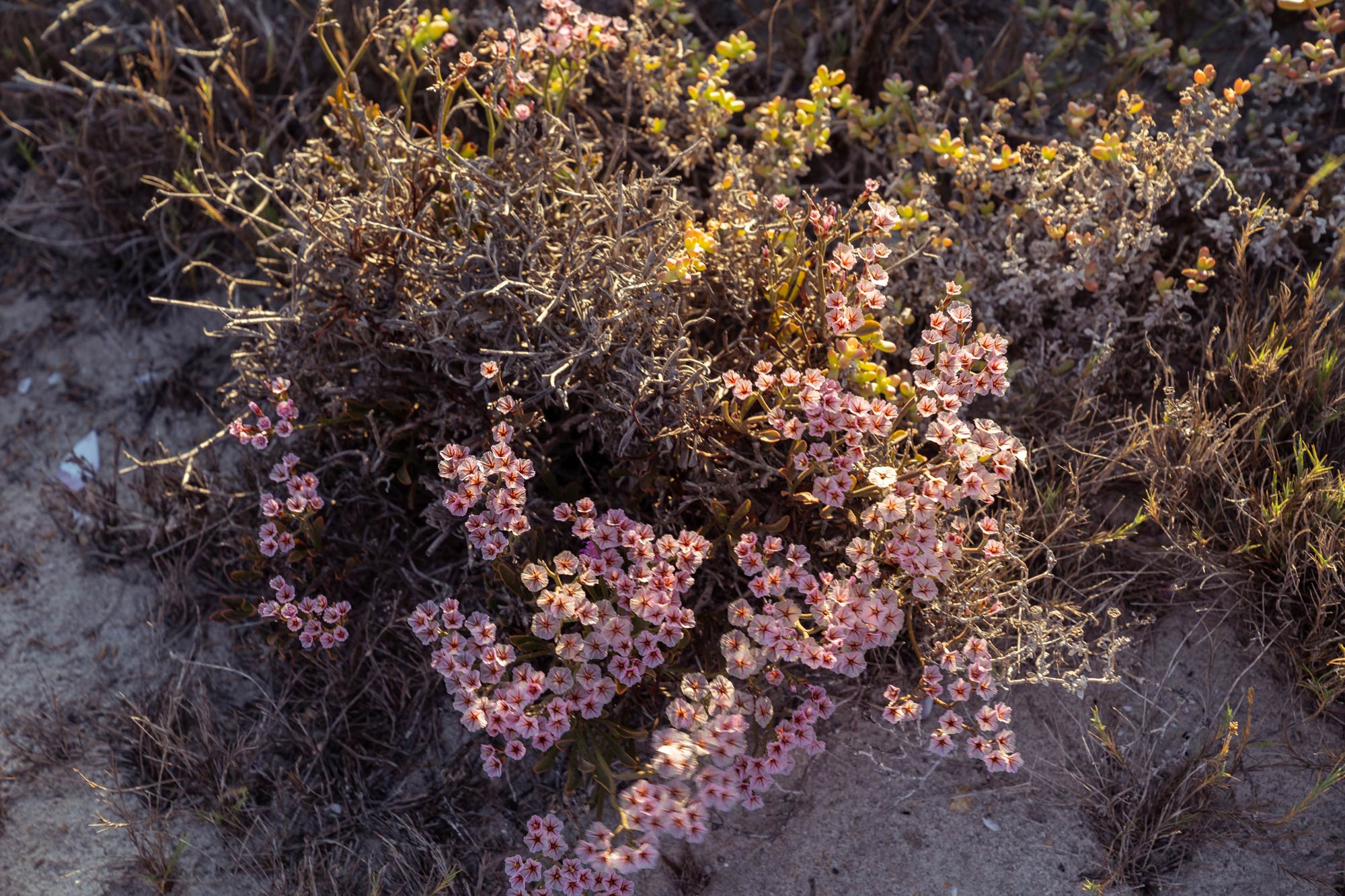
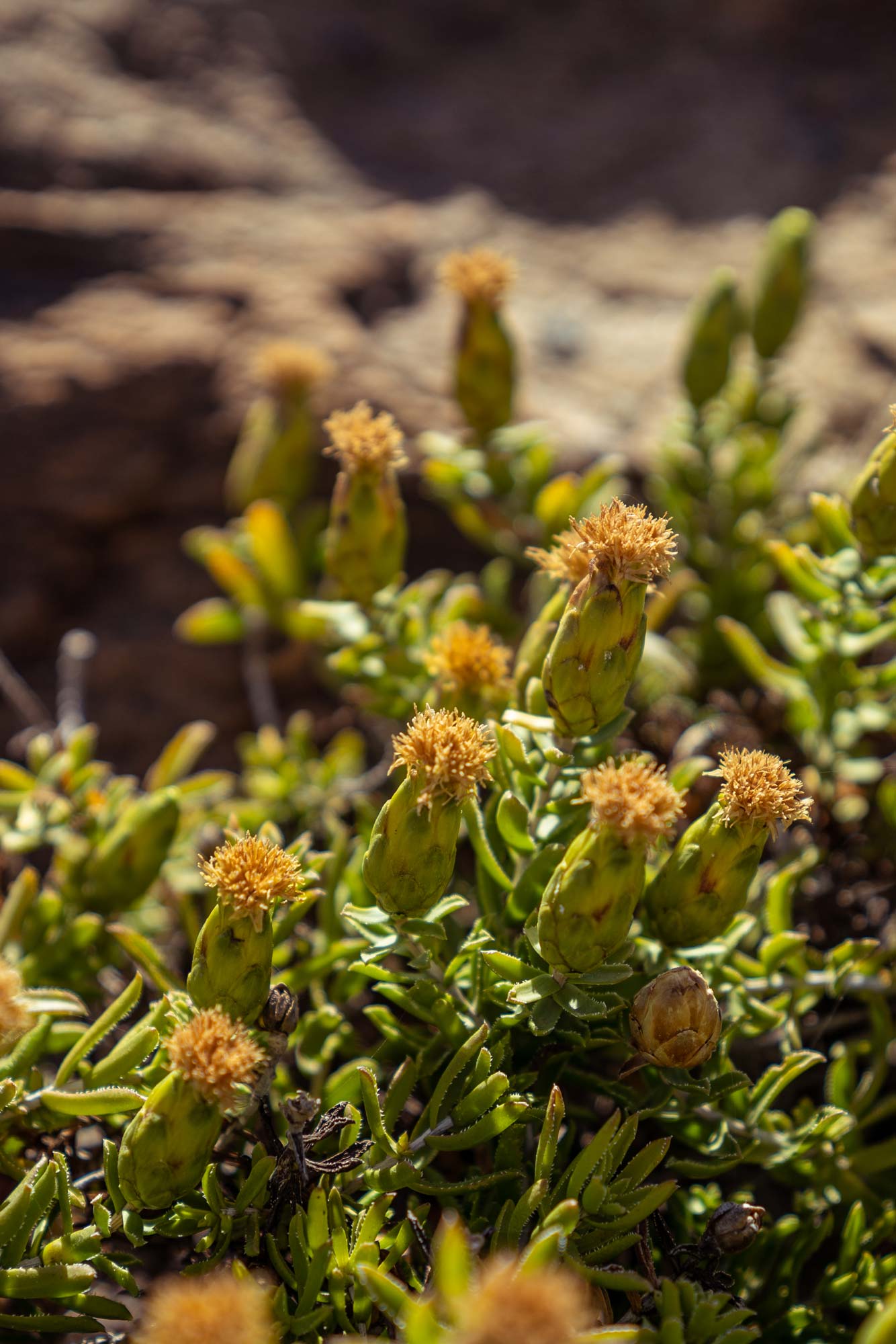
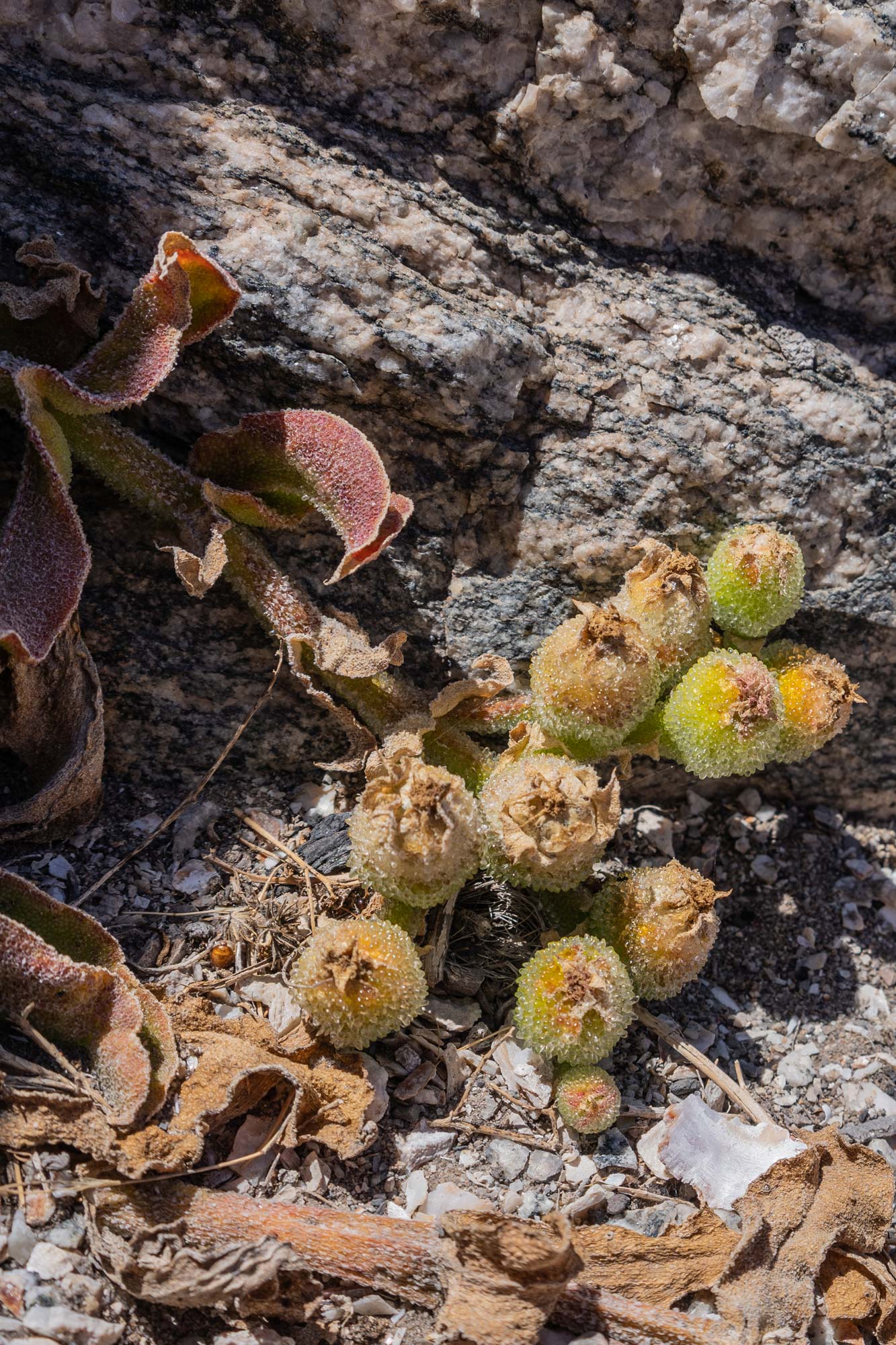
Careful not to impose on the delicate ecosystem, I kept to the footpaths provided. In my imagination though, I could wander deep into the thicket, curious about all the wonders I have yet to see.
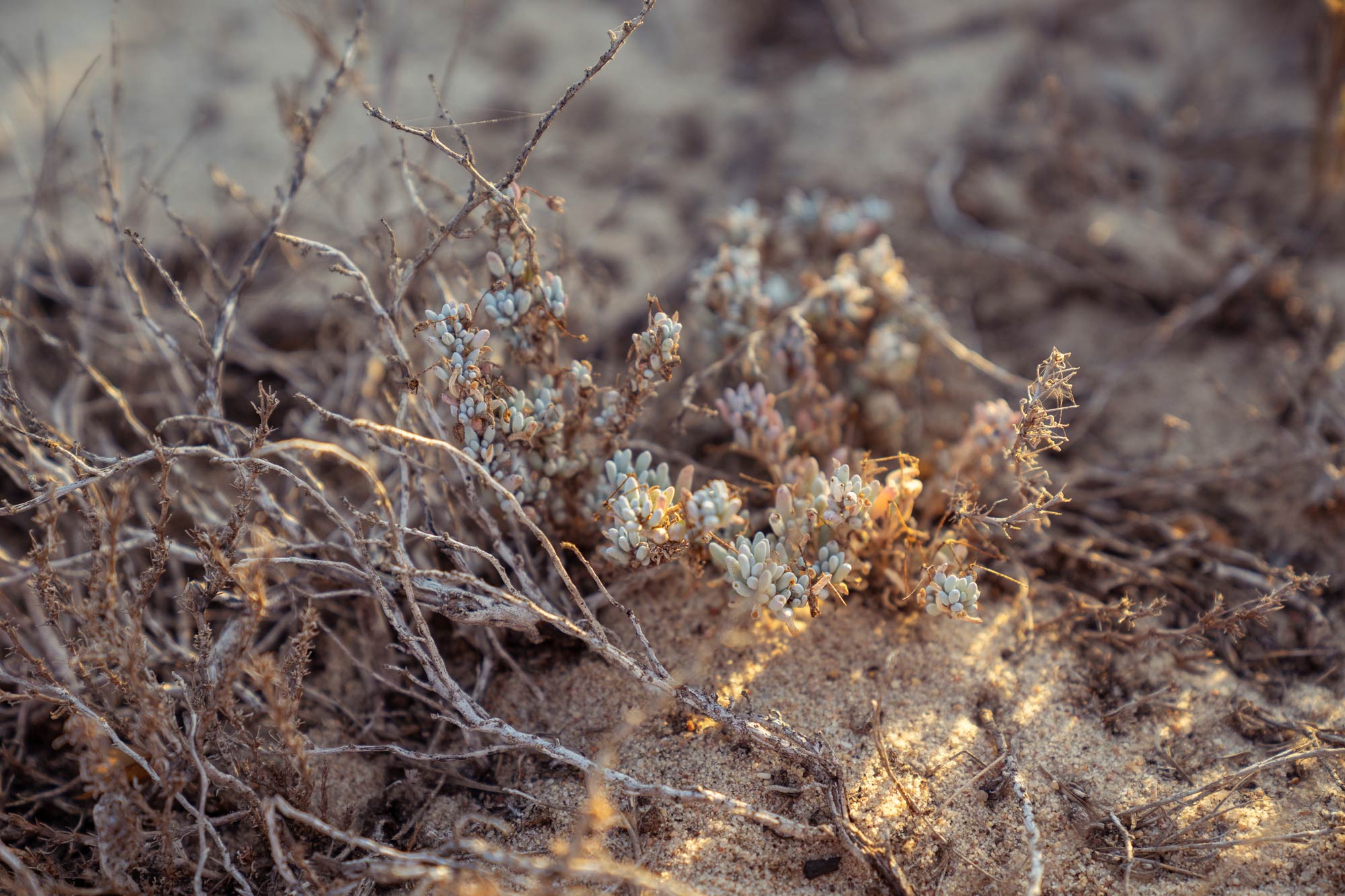
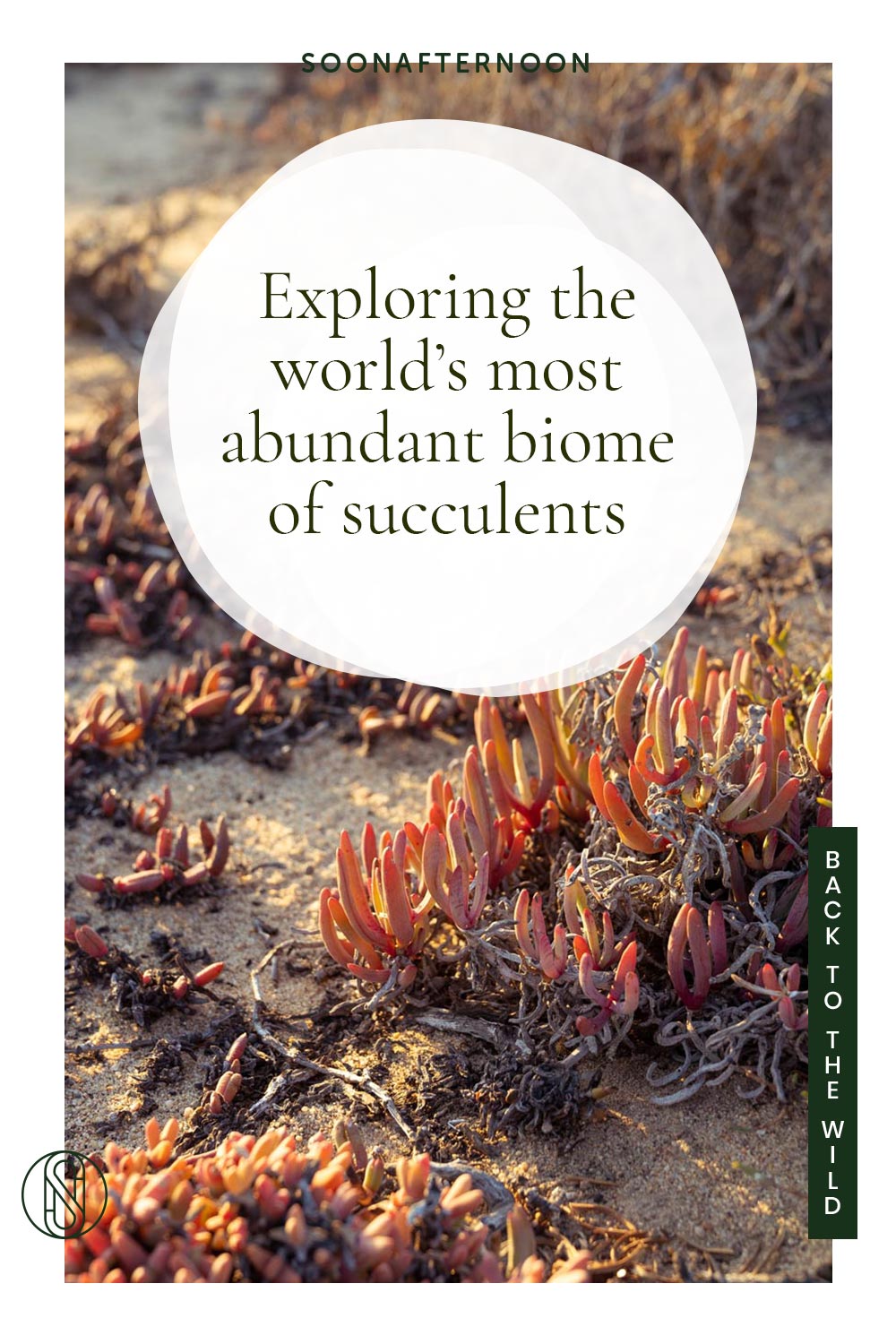
Text & Photography © Barbara Cilliers
Wild about nature?
Sign up to the newsletter for more inspirational content and adventures from the wild.

